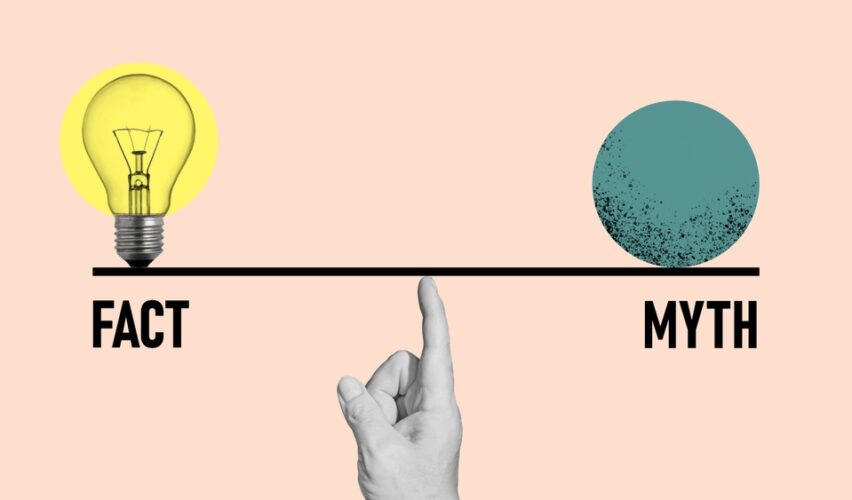According to the latest data, only around 20% of TSP participants are taking advantage of the Roth TSP. Of those who have a Roth TSP, their average balance is considerably lower than their average traditional TSP balance. Part of the reason may be that federal workers either don’t understand the advantages of the Roth TSP or they’ve been influenced by a number of myths they’ve heard.
Overview: The Difference Between The Roth and Traditional TSP
With the Roth TSP, you make contributions with after-tax earnings and your withdrawals in retirement are tax free. This means you’re paying taxes on your contributions at your current income tax rate and you won’t pay taxes later when you withdraw your contributions and any qualified earnings.
With the traditional TSP, you make tax-deferred contributions with pre-tax earnings and you’re taxed when you make withdrawals. This lowers your taxable income while you’re working. However, when you start taking distributions from your traditional TSP, you’ll be paying taxes on both your contributions and earnings at the tax rate in the year you make the withdrawal.
Myth: You Need To Set Up A Separate Roth TSP Account
Not true. If you participate in a Traditional and Roth TSP, you’ll have two separate balances within one TSP account. When you take distributions, withdrawals are made proportionally unless you specify otherwise. For your Roth withdrawal to be considered qualified, you must be at least age 59-½ with a Roth TSP balance for at least five years. Otherwise the earnings portion of your Roth withdrawal is subject to federal income tax.
Myth: You Don’t Receive An Agency Match On Roth TSP Contributions
Also not true. When federal employees make contributions to their Roth TSP balance, they will receive their agency match. What’s confusing is that the matching portion is deposited into their traditional TSP balance. The reason is simple: income taxes. Since the agency match on your Roth TSP is not taxed, it’s added to tax-deferred balance of your Traditional TSP to be taxed upon withdrawal.
Myth: You Don’t Receive An Agency Match On Roth TSP Contributions
Also not true. When federal employees make contributions to their Roth TSP balance, they will receive their agency match. What’s confusing is that the matching portion is deposited into their traditional TSP balance. The reason is simple: income taxes. Since the agency match on your Roth TSP is not taxed, it’s added to tax-deferred balance of your Traditional TSP to be taxed upon withdrawal.
“You need to carefully crunch the numbers to calculate exactly what your retirement income and tax bracket will be when you start taking TSP distributions.”
Myth: Your Income Tax Bracket Is Always Lower In Retirement
Not always true. It’s risky to assume that a federal retiree’s income tax bracket will always be lower than it was during their working years. You need to carefully crunch the numbers to calculate exactly what your retirement income and tax bracket will be when you start taking TSP distributions. Then again, future tax rates are likely to be higher when you start taking Required Minimum Distributions (RMDs) at age 72.



























